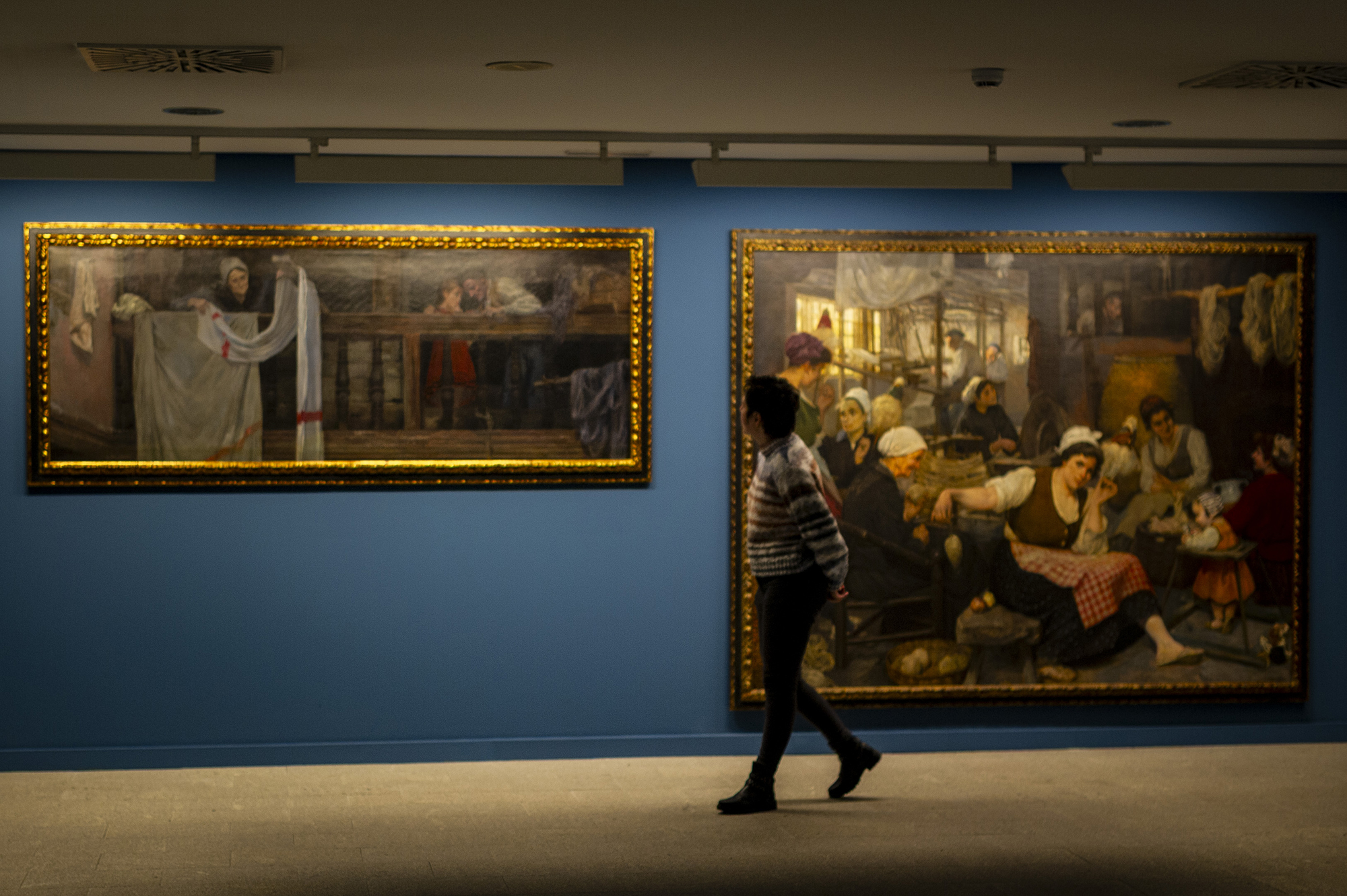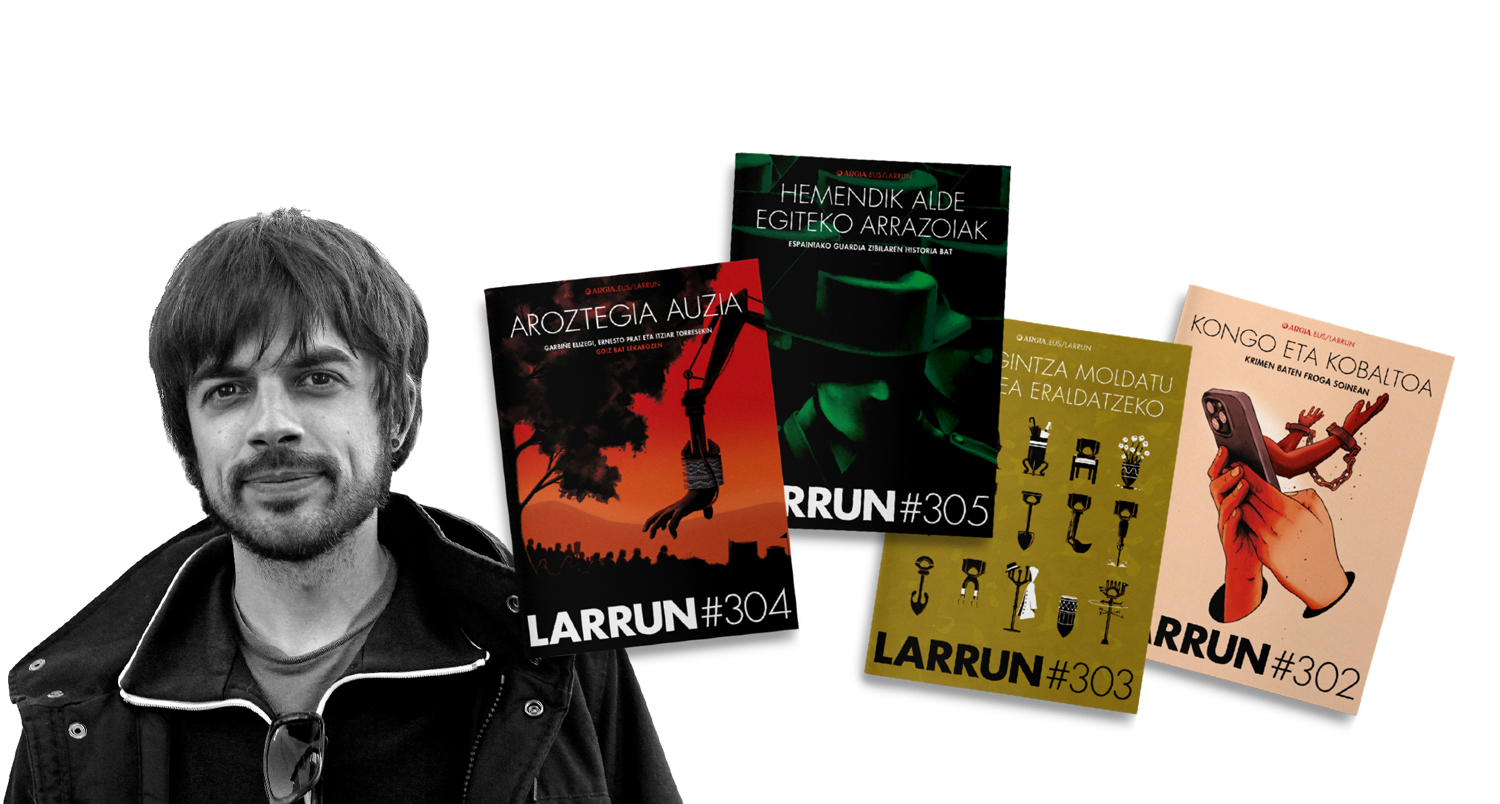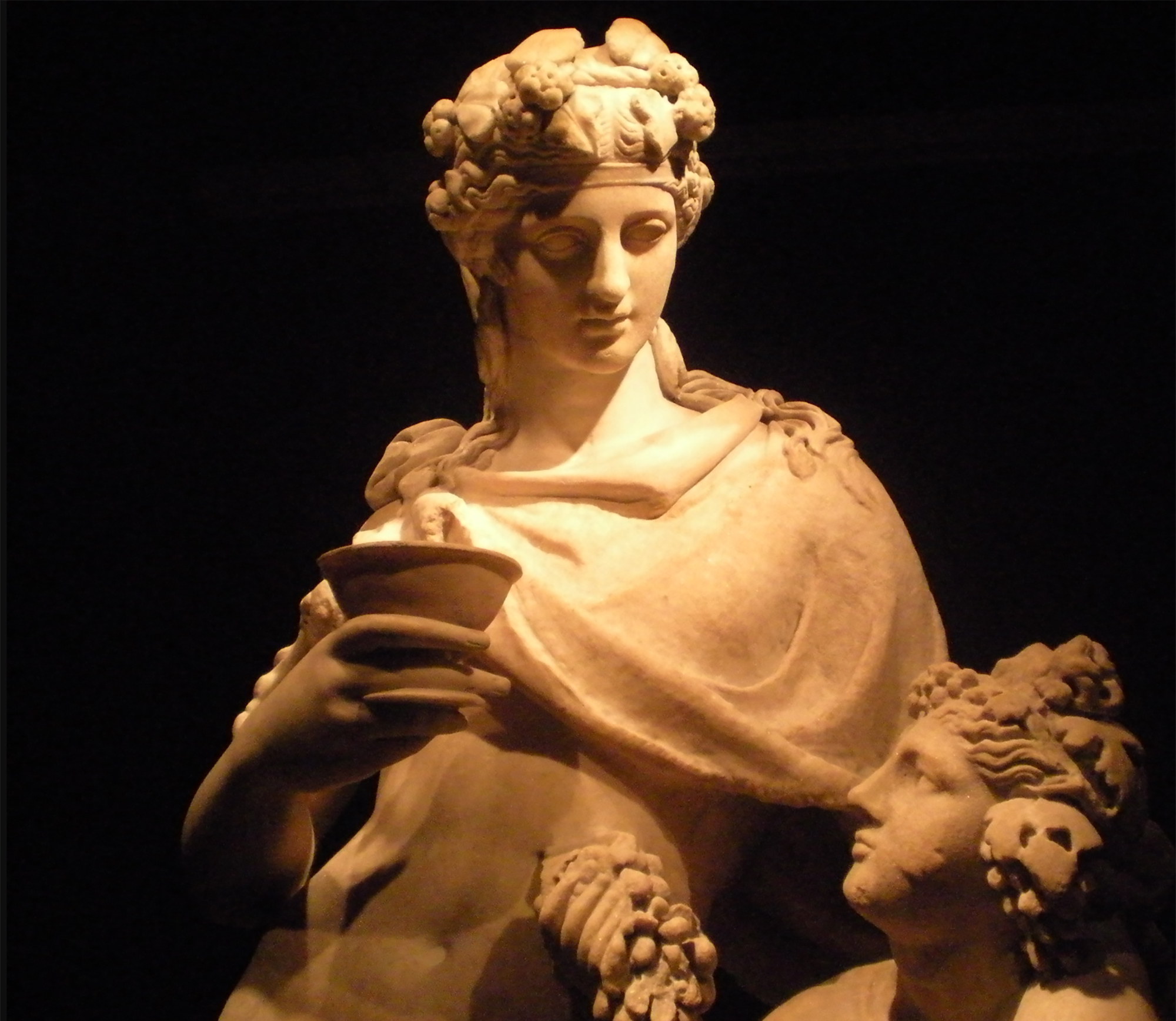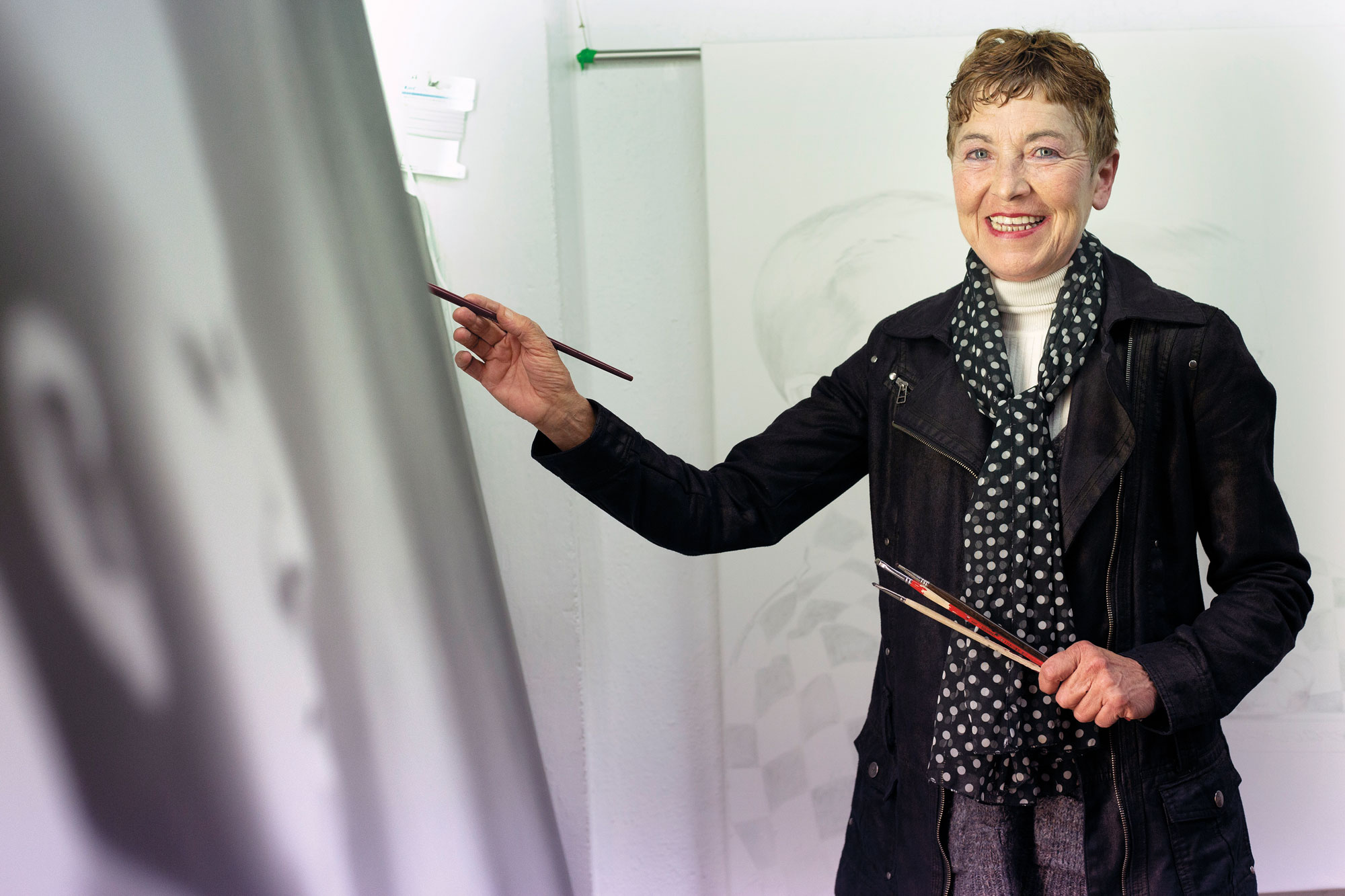Love of risk

The Italian artist Filippo Tommaso Marinetti published the Futurist Manifesto in 1909. In that text he proclaimed that “the love of risk, the habit of energy and daring [...] Courage, courage and revolt were fundamental elements of our poetry”. The text triumphed years after its publication in the 1920s, when the Great War and the global flu pandemic were things of the past. In society, especially among the members of the bourgeoisie, the pulsation of life was very strong and the kamikaze attitude towards hedonism spread. Capitalist consumption was the objective of the conventions of traditional society and fuel. Crazy year is about this spirit and time. Exhibitions of the 1920s.
Crazy years.
1920's
When: 7 May / 19 September
Where: Guggenheim Museum of Bilbao
Its title is topical and, although it escapes from the topics -in-between - that have been imposed on it at this time, it cites habitual references. The topic also says that history repeats itself, and that's what it is in the exhibition. The 1920's is more than once equated with that of this century, and similarities are evident. However, in the hegemonic discourse it creates some stumbling blocks and shows the two faces of the time. More than 300 works organized in seven groups are shown. To illustrate a photograph of seven perspectives: technology, leisure, architecture, fashion, sexuality, body and media. Presenting different points of view in a very attractive way. After the exhibition, there is a sense of speed, a sign that a magnificent representation of a bourgeois society with a love of risk has been made. Those men wanted to burn their lives. They lived close to death, misery and disasters and knew that somehow all that darkness could come back.
As we move forward in the Futuristic Manifesto we will find dark ideas: “War – the only hygiene in the world – militarism, nationalism [...] We want to break museums, libraries and academies of any kind and fight against all moralisms, feminisms and opportunistic or utilitarian abuses.” Similarly, the crazy years had their dark side. The violence of war and the abuses of capitalism were latent under the joy of living. The thin cortex of consumption couldn't hide the scars. This violence has a place in the exhibition. Small space, because the importance is obvious, even more so because we are aware of the dark times that brought the day after the feast of a privileged few.

Last week, during the blackout, seeing ourselves vulnerable, we began to investigate many people in order to understand what happened: how does the infrastructure that transports electricity work? Why is it getting old? I am fascinated by the physical phenomenon of electricity... [+]
Eskultura grekoerromatarrek bere garaian zuten itxurak ez du zerikusirik gaurkoarekin. Erabilitako materiala ez zuten bistan uzten. Orain badakigu kolore biziz margotzen zituztela eta jantziak eta apaingarriak ere eransten zizkietela. Bada, Cecilie Brøns Harvard... [+]
Behin batean, gazterik, gidoi nagusia betetzea egokitu zitzaion. Elbira Zipitriaren ikasle izanak, ikastolen mugimendu berriarekin bat egin zuen. Irakasle izan zen artisau baino lehen. Gero, eskulturgile. Egun, musika jotzen du, bere gogoz eta bere buruarentzat. Eta beti, eta 35... [+]
This text comes two years later, but the calamities of drunks are like this. A surprising surprise happened in San Fermín Txikito: I met Maite Ciganda Azcarate, an art restorer and friend of a friend. That night he told me that he had been arranging two figures that could be... [+]
On Monday afternoon, I had already planned two documentaries carried out in the Basque Country. I am not particularly fond of documentaries, but Zinemaldia is often a good opportunity to set aside habits and traditions. I decided on the Pello Gutierrez Peñalba Replica a week... [+]






















